Optimal Timing for Tree Branch Removal
Tree branches removal is a critical maintenance activity that can improve tree health, safety, and aesthetics. The timing of this work influences the effectiveness and safety of the process. Proper scheduling ensures minimal disruption to the tree's growth cycle and reduces risks associated with storms or falling branches.
Late winter is ideal for removing dead or hazardous branches, as trees are dormant and less susceptible to stress.
Early spring allows for shaping and removing branches before new growth begins, promoting healthy development.
Summer is suitable for light pruning to manage growth and remove weak or damaged branches after the tree has leafed out.
Fall is generally less ideal due to active growth and potential for storm damage, but can be used for cleanup and minor removals.
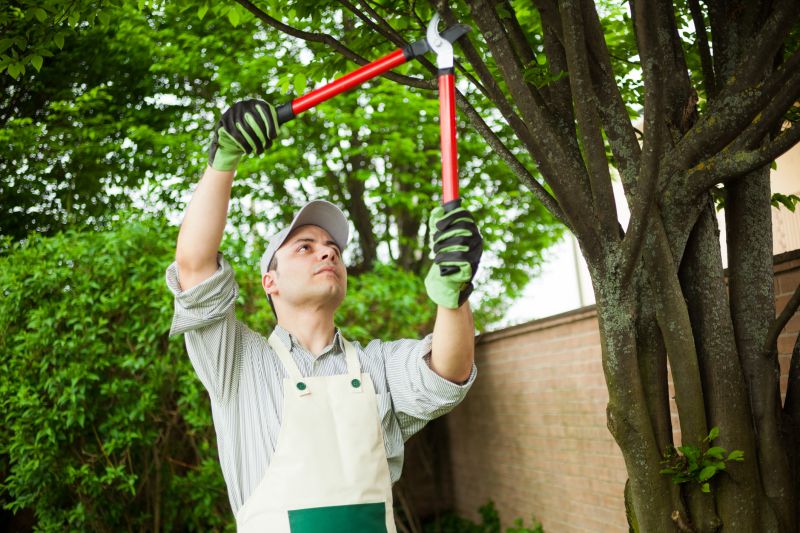
Tree branches removal during dormancy minimizes stress on the tree and allows for safer, more effective pruning.
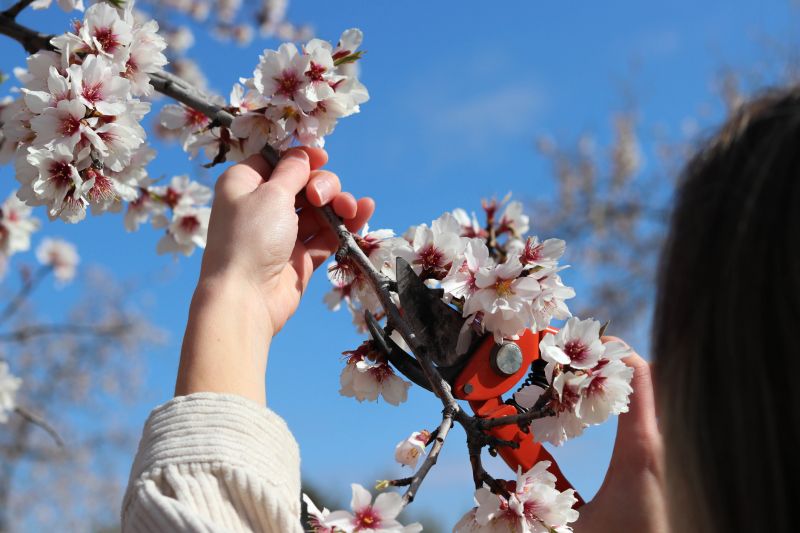
Spring pruning encourages healthy growth and flowering, making it an optimal time for branch removal.
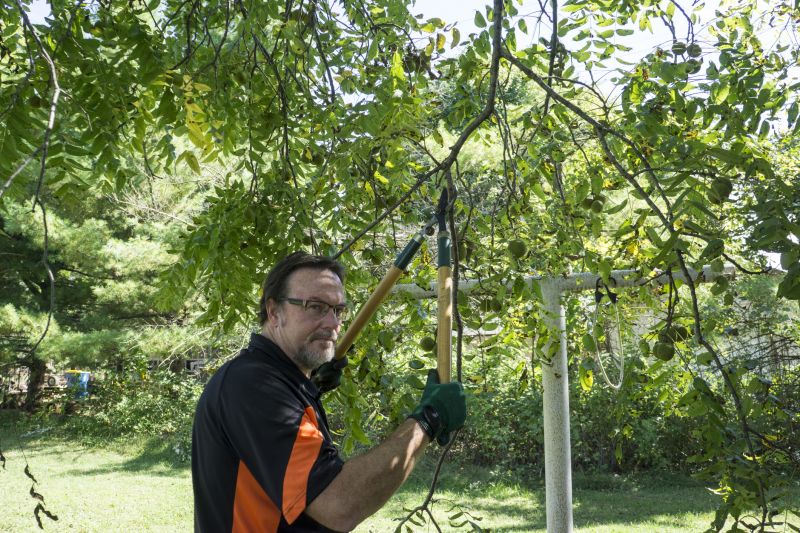
Summer offers a window for light pruning to maintain tree health and manage excessive growth.

Ways to make Tree Branches Removals work in tight or awkward layouts.
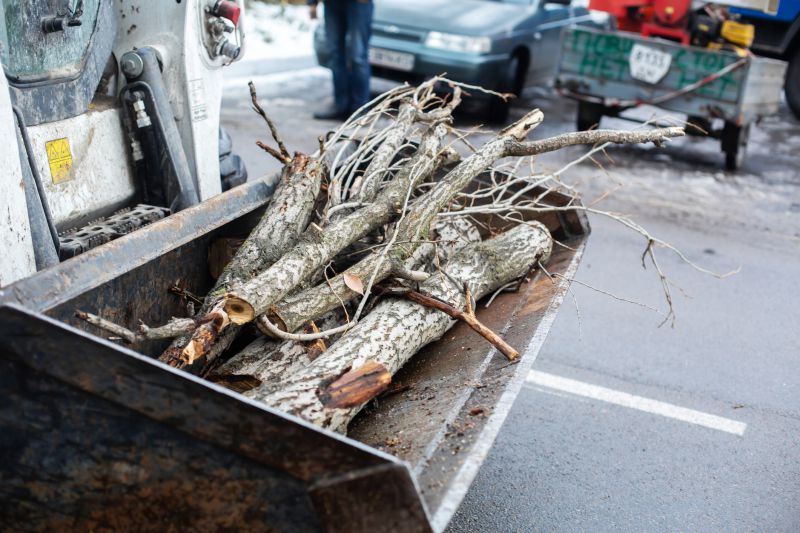
Popular materials for Tree Branches Removals and why they hold up over time.
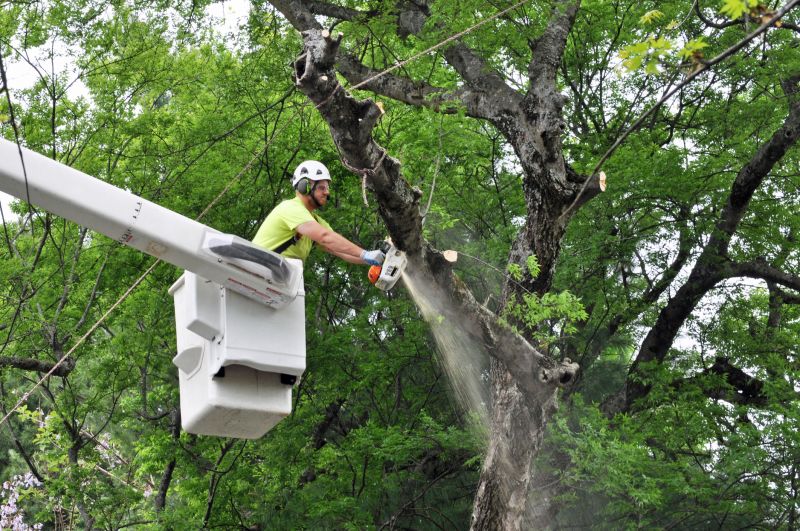
Simple add-ons that improve Tree Branches Removals without blowing the budget.
| Season | Best Practices for Tree Branches Removals |
|---|---|
| Winter | Ideal for removing dead, diseased, or hazardous branches during dormancy. |
| Spring | Best for shaping and promoting healthy growth before flowering. |
| Summer | Suitable for light pruning and maintenance after leafing out. |
| Fall | Use for cleanup and minor removals; avoid major cuts due to active growth. |
| Late Fall | Less recommended due to increased storm risk and active growth. |
Understanding the optimal timing for tree branches removal can enhance the health and safety of trees. Properly scheduled pruning reduces the risk of storm damage, prevents disease spread, and supports healthy development. Each season offers specific advantages, making timing a key factor in effective tree maintenance.
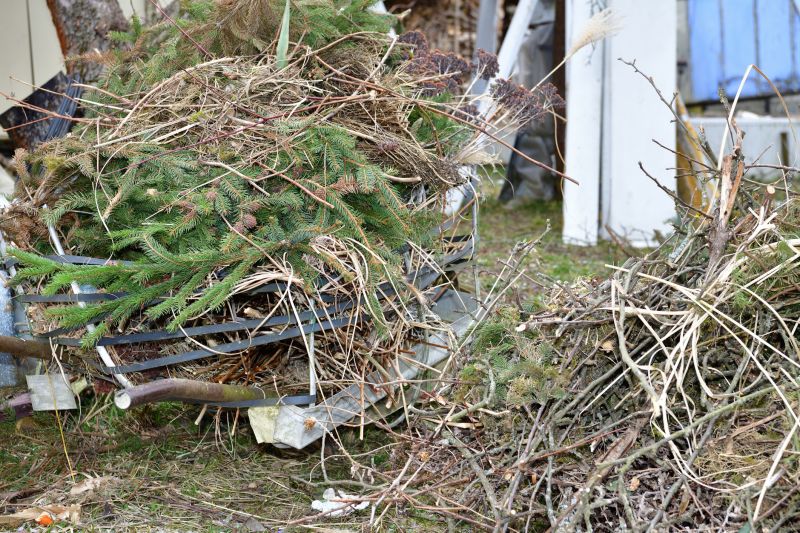
Dormant season removal reduces stress and encourages healthy regrowth.

High-end options that actually feel worth it for Tree Branches Removals.
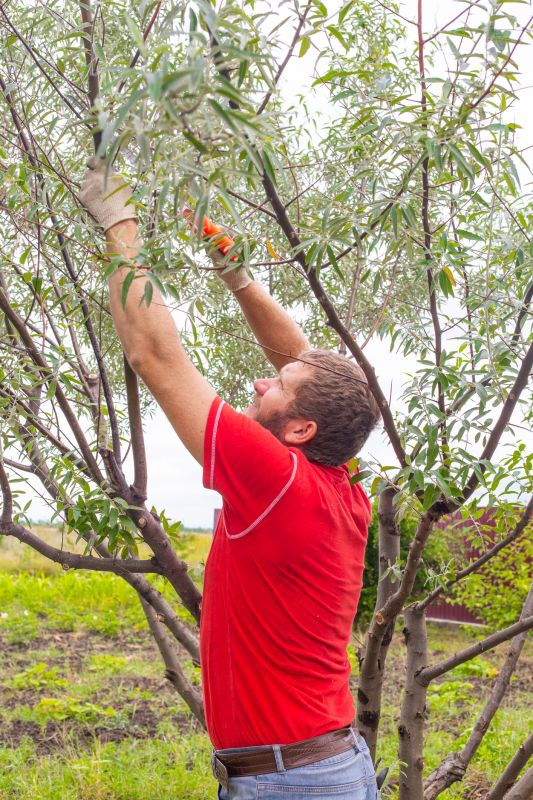
Summer pruning manages growth and removes damaged branches.
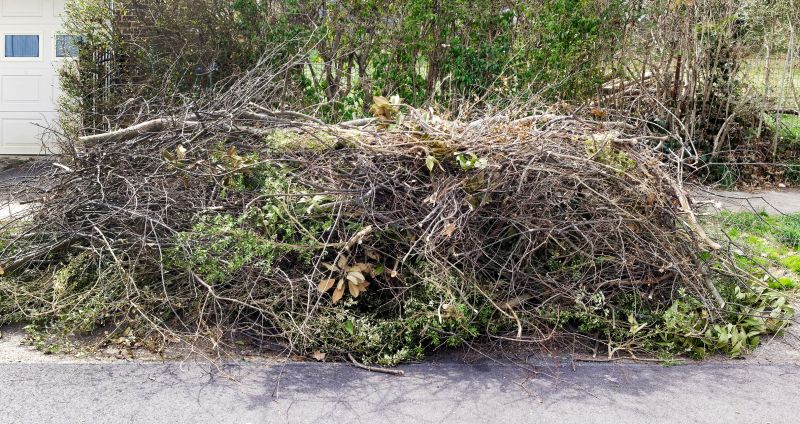
Fall is suitable for debris removal and minor branch trimming.
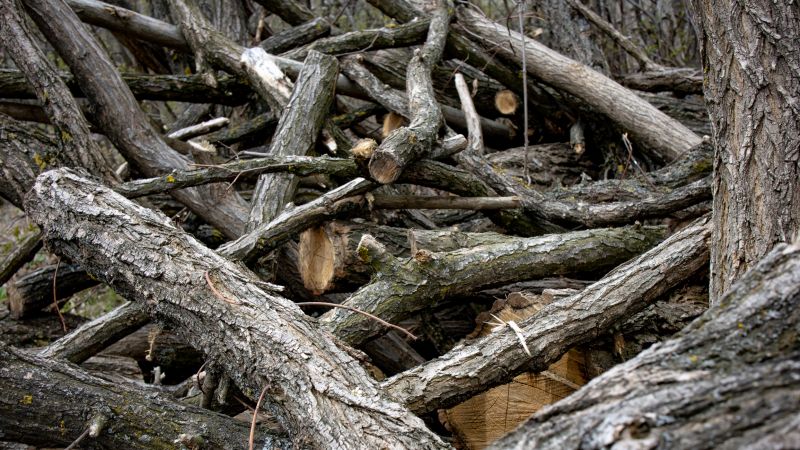
Finishes and colors that play nicely with Tree Branches Removals.

Little measurements that prevent headaches on Tree Branches Removals day.
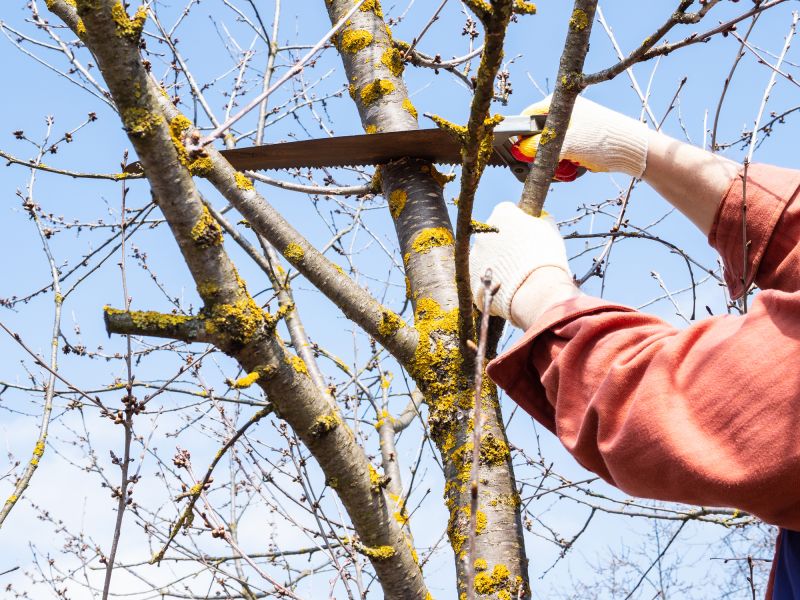
A 60-second routine that keeps Tree Branches Removals looking new.
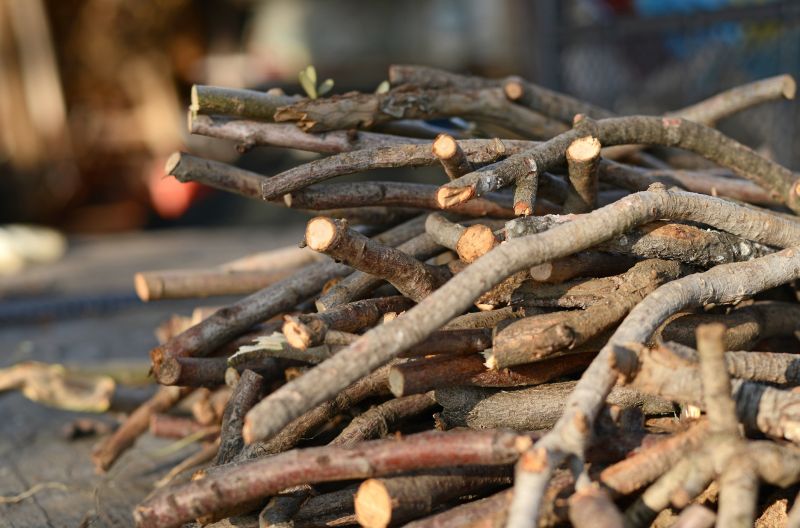
A frequent mistake in Tree Branches Removals and how to dodge it.
Timely tree branches removal is essential for maintaining safety, promoting healthy growth, and preventing potential hazards. Consulting with professionals can help determine the best period for specific tree types and local conditions. Proper planning ensures that pruning activities align with the tree's natural cycle and environmental factors.
Scheduling tree branch removal at the right time supports tree health and reduces risks.
Removing branches at unsuitable times can stress trees and increase vulnerability to pests and diseases.
Understanding growth cycles helps in planning effective pruning schedules.
Experts can assess the best timing based on tree species and local climate conditions.
If interested in scheduling tree branches removal, filling out the contact form can facilitate planning and ensure optimal timing for the specific needs of the trees. Proper timing enhances safety, health, and longevity of trees in the landscape.
